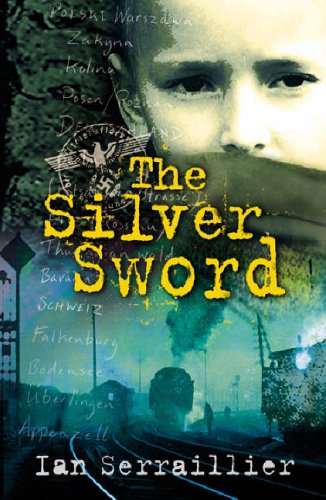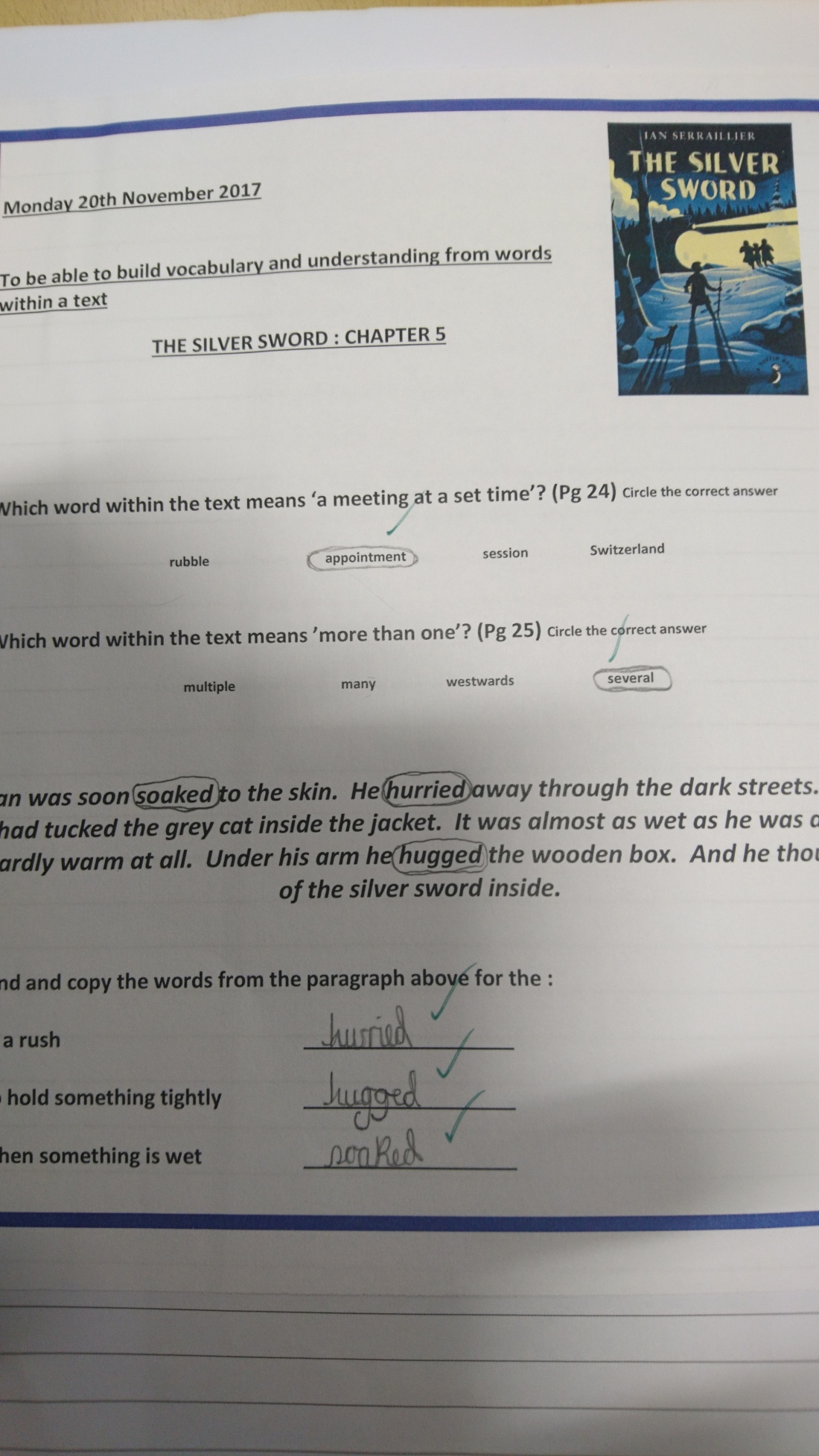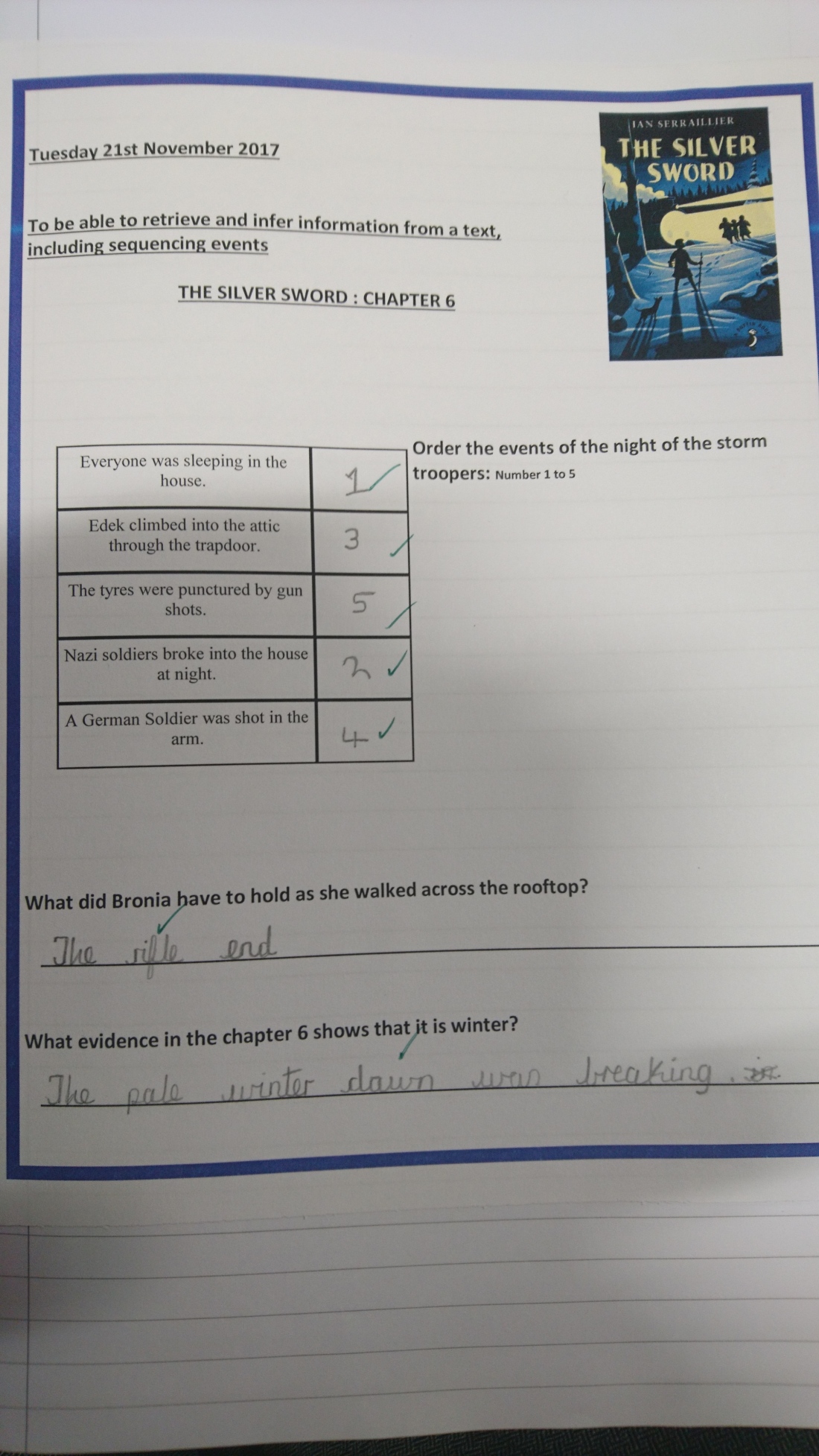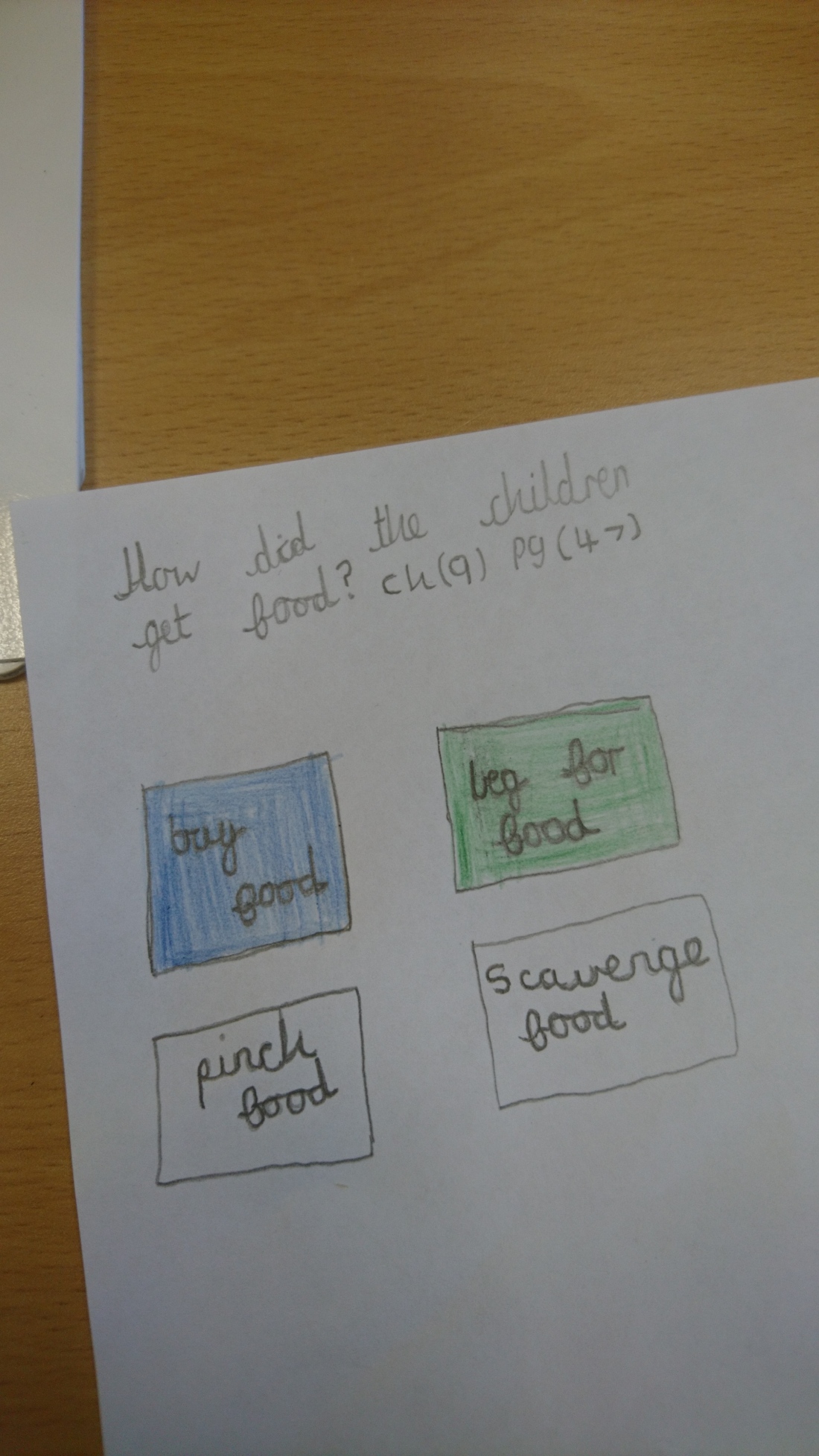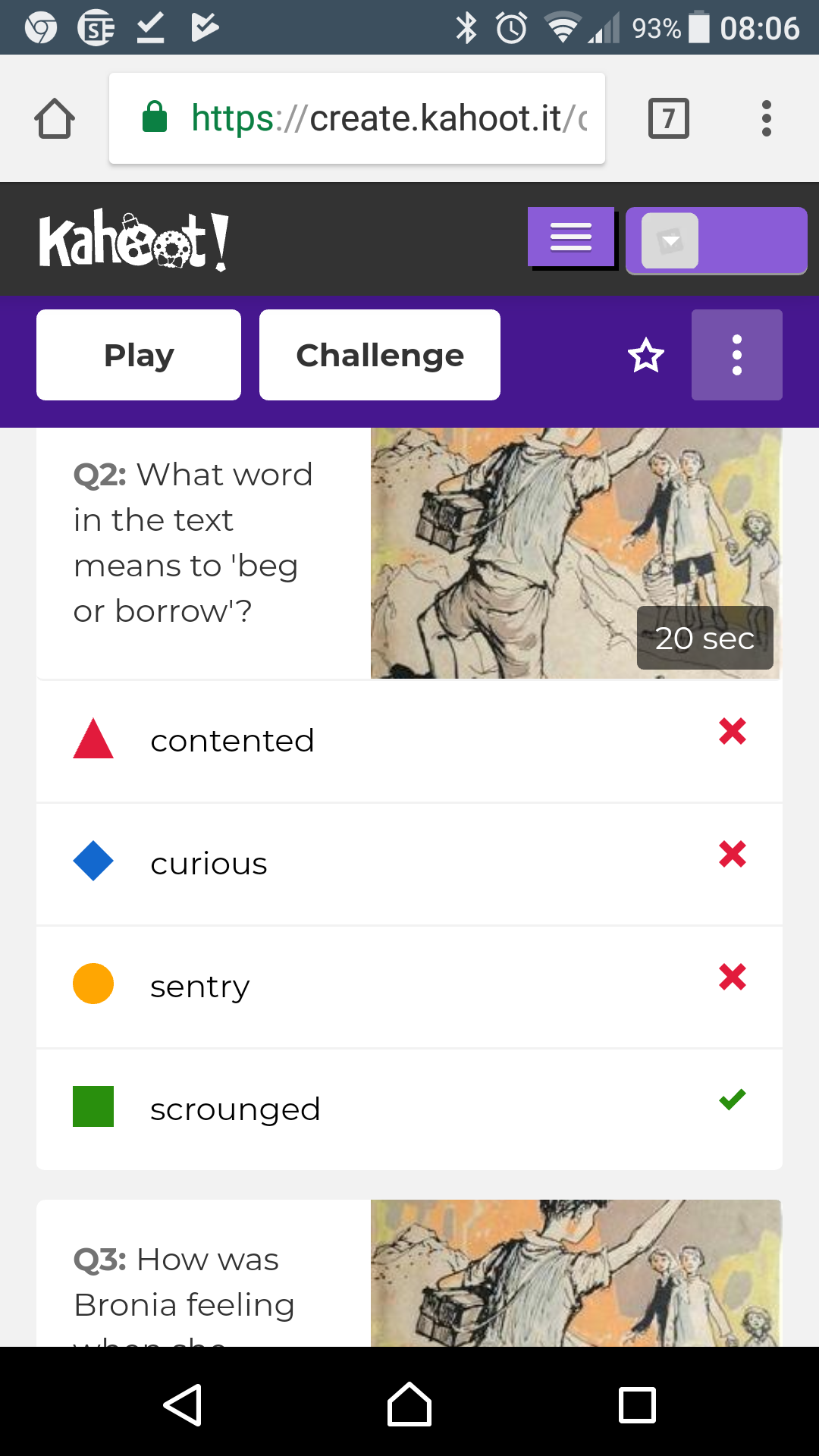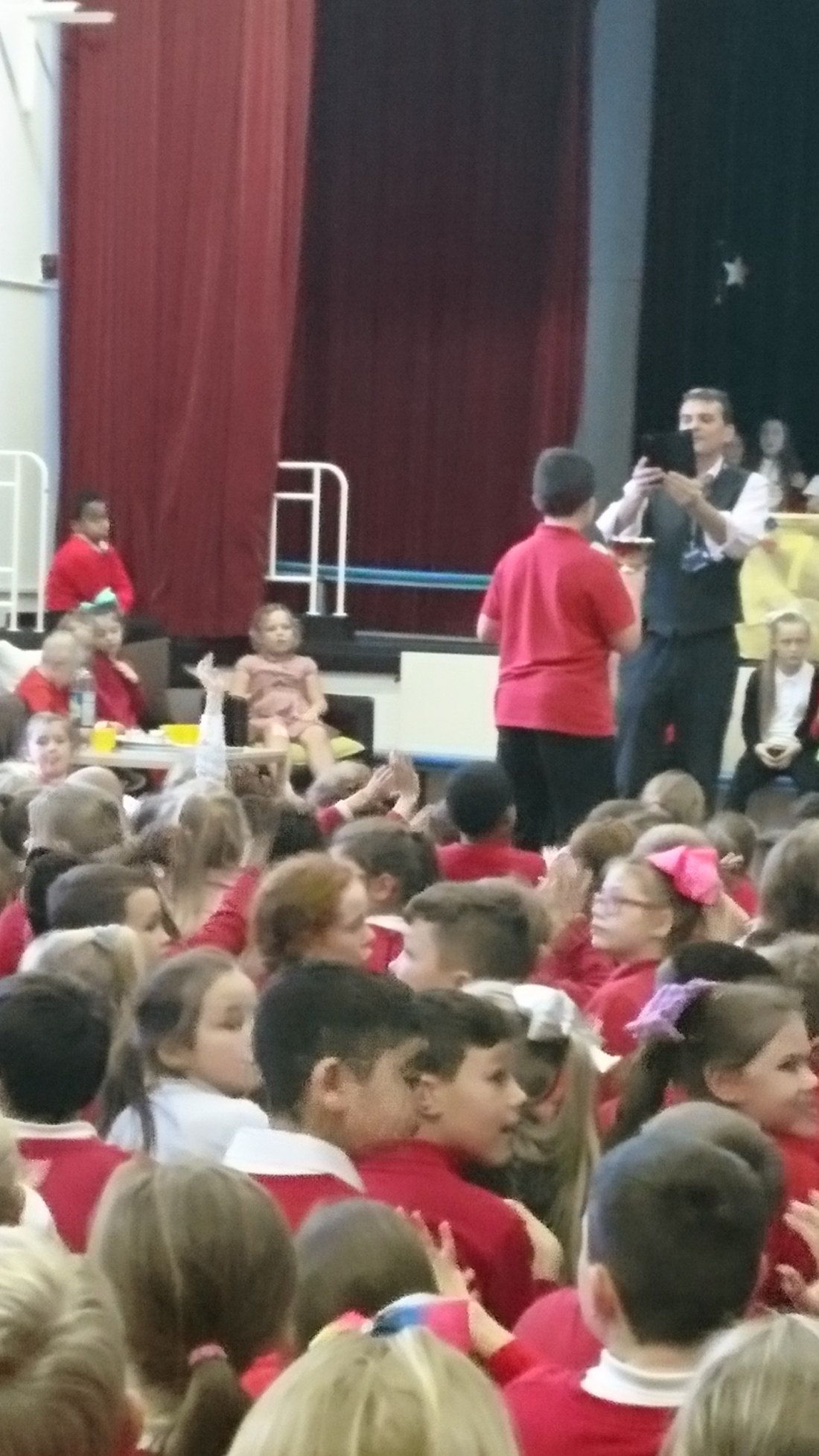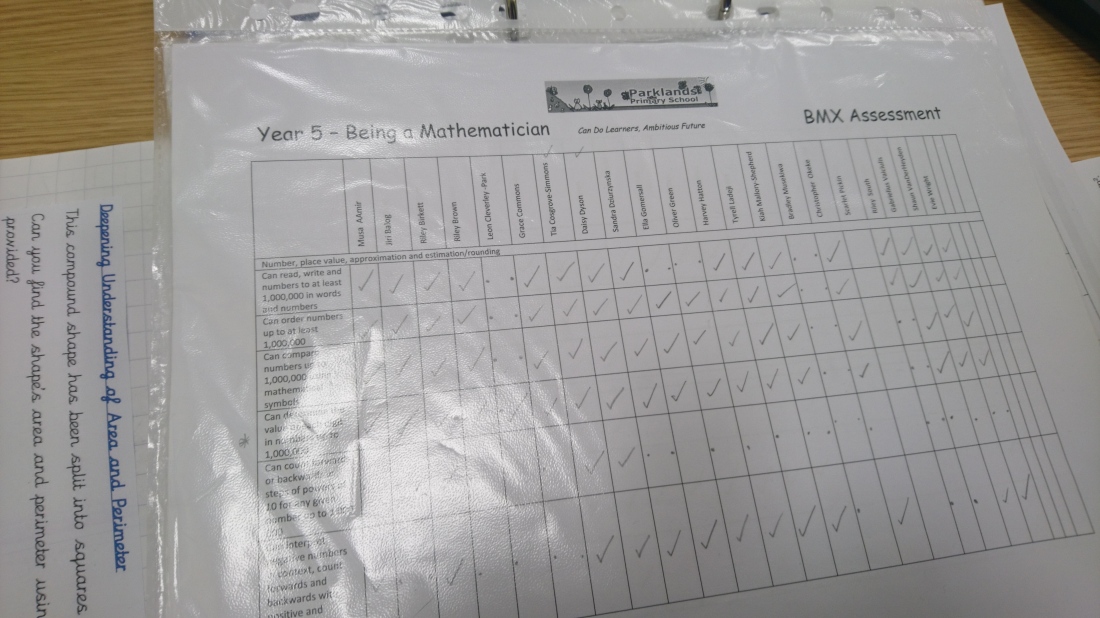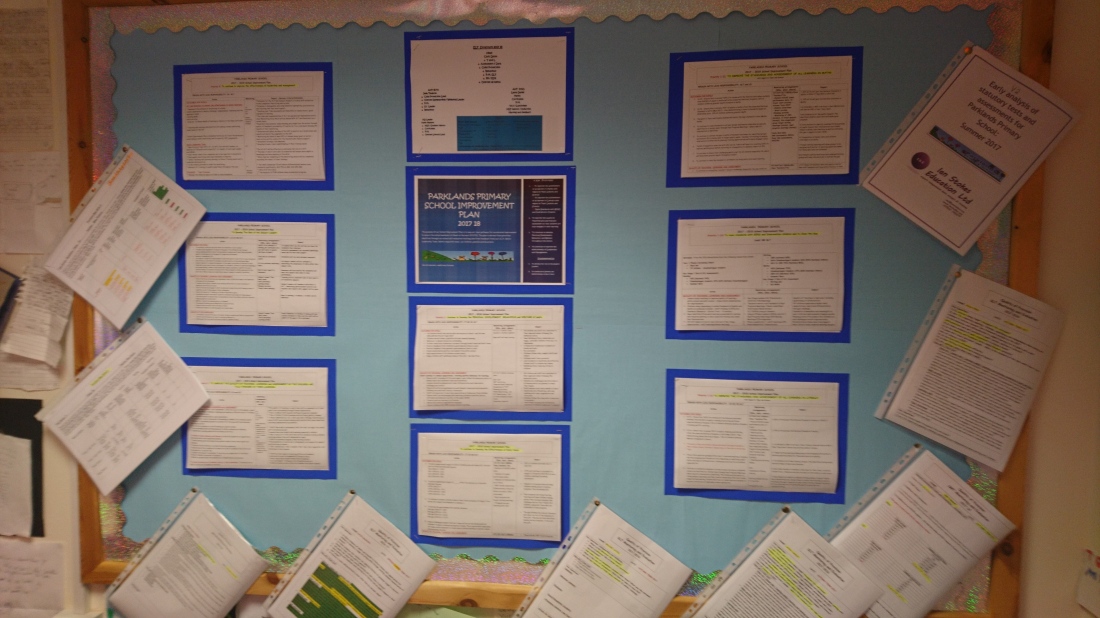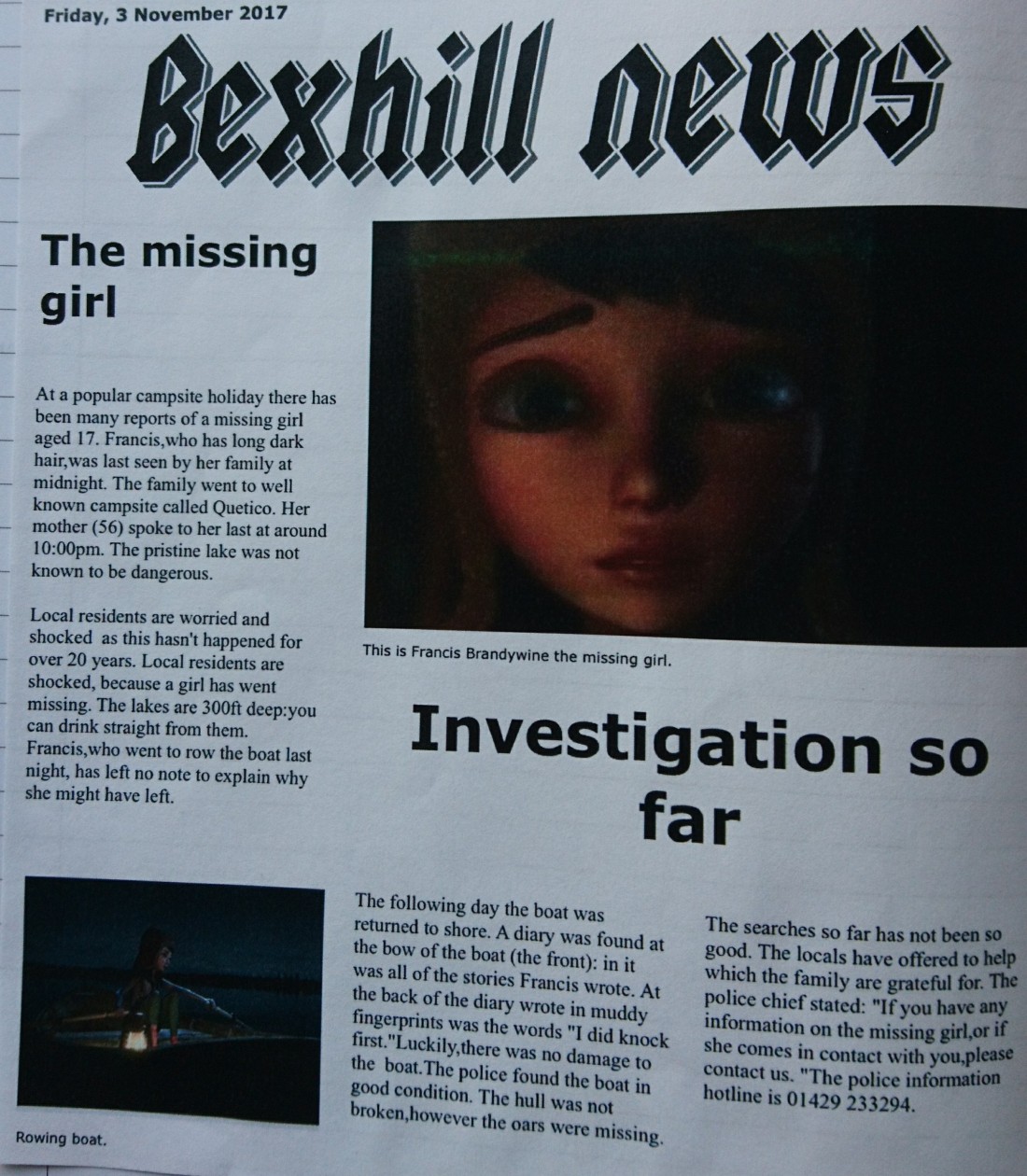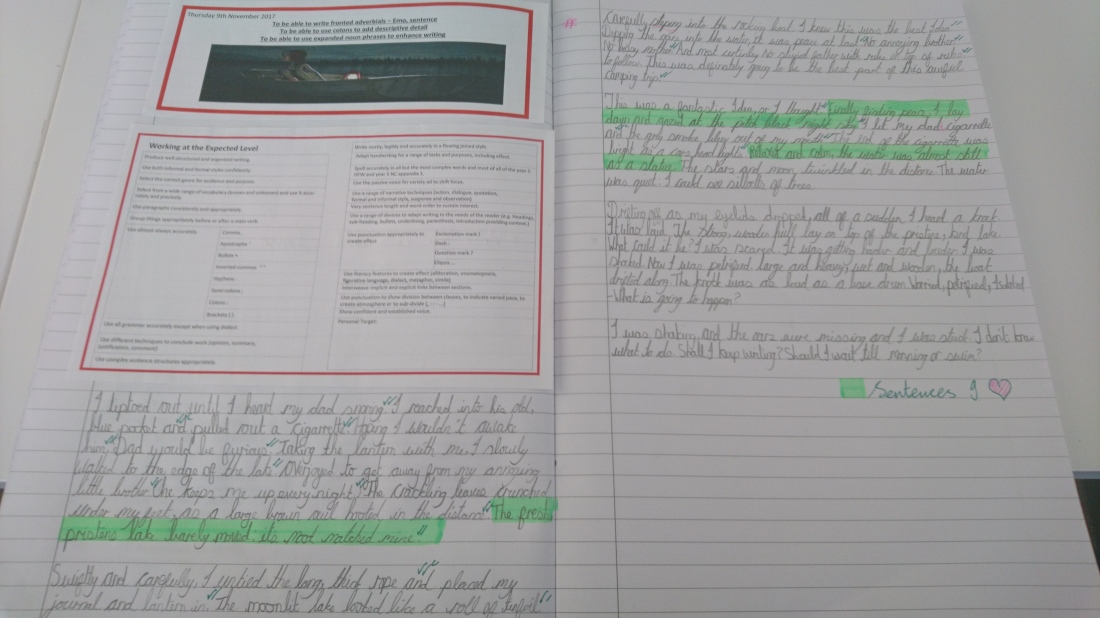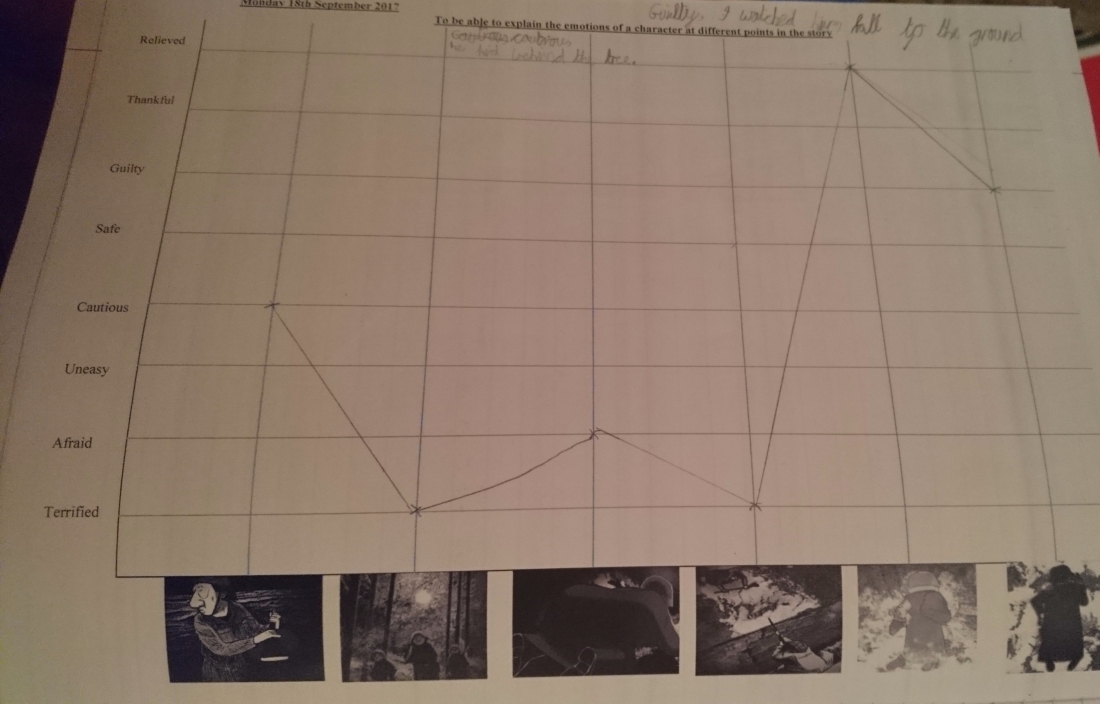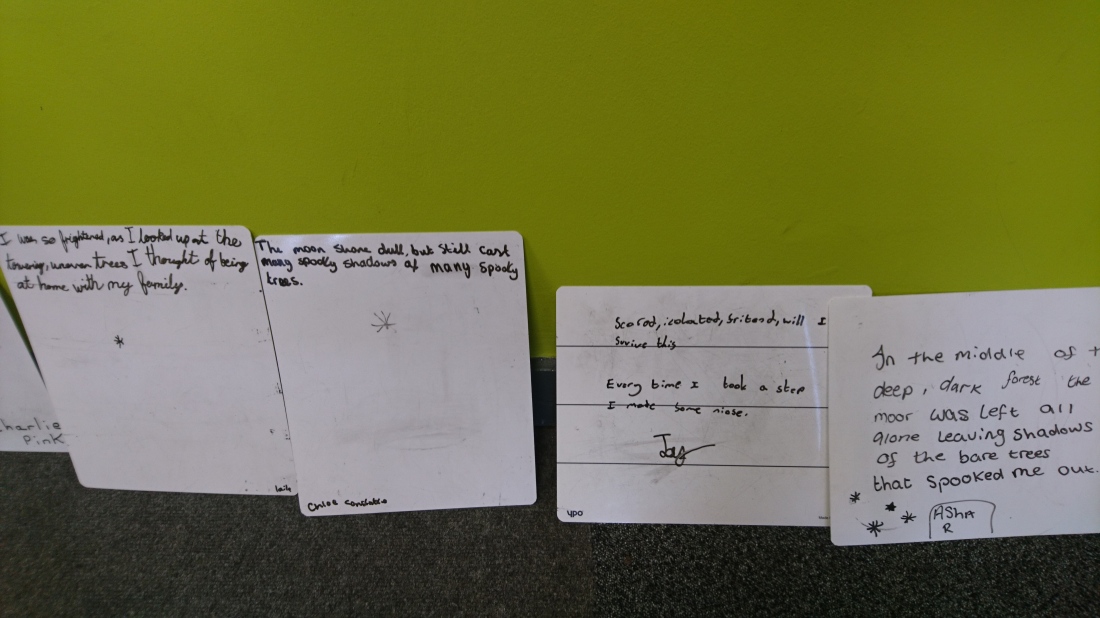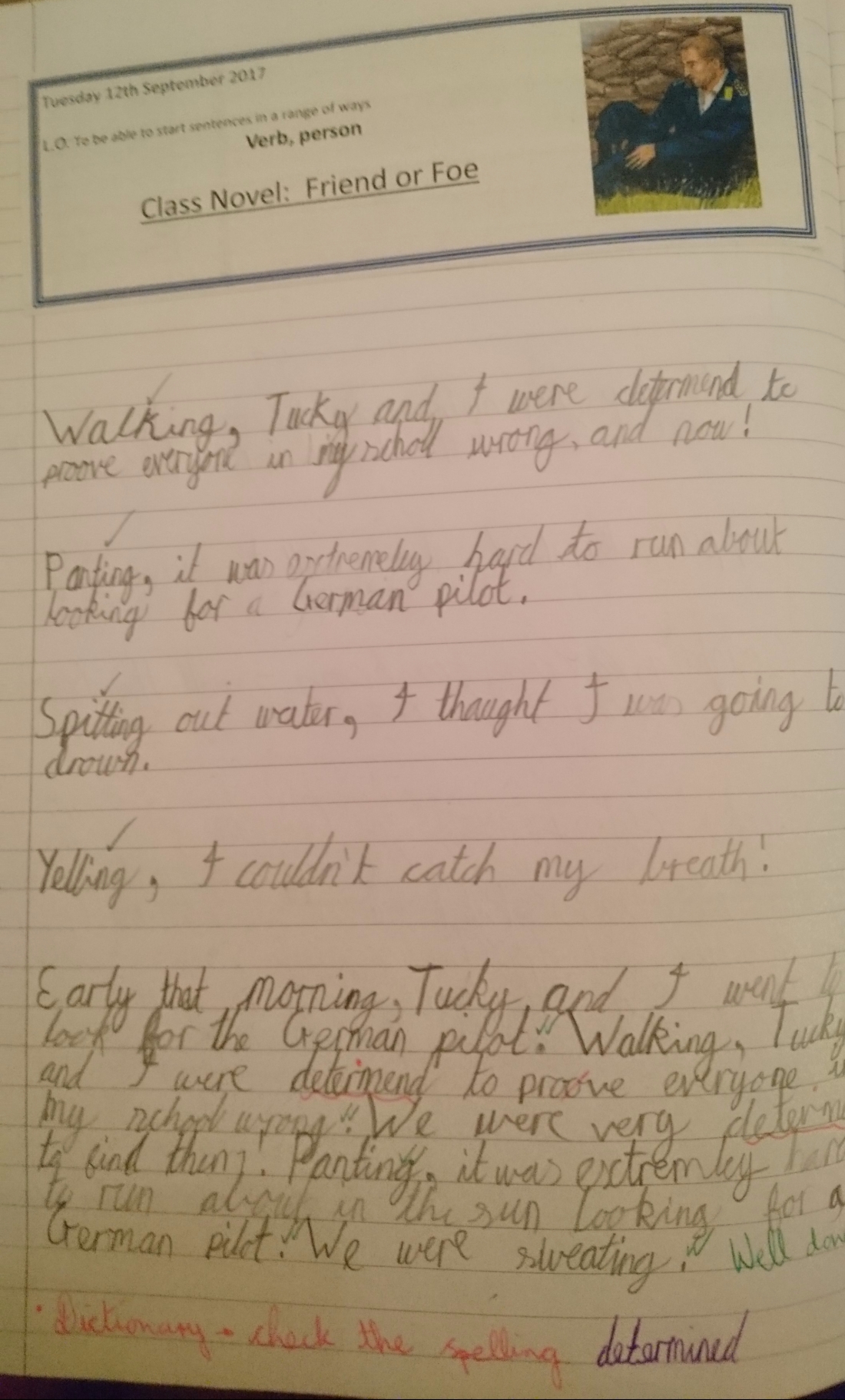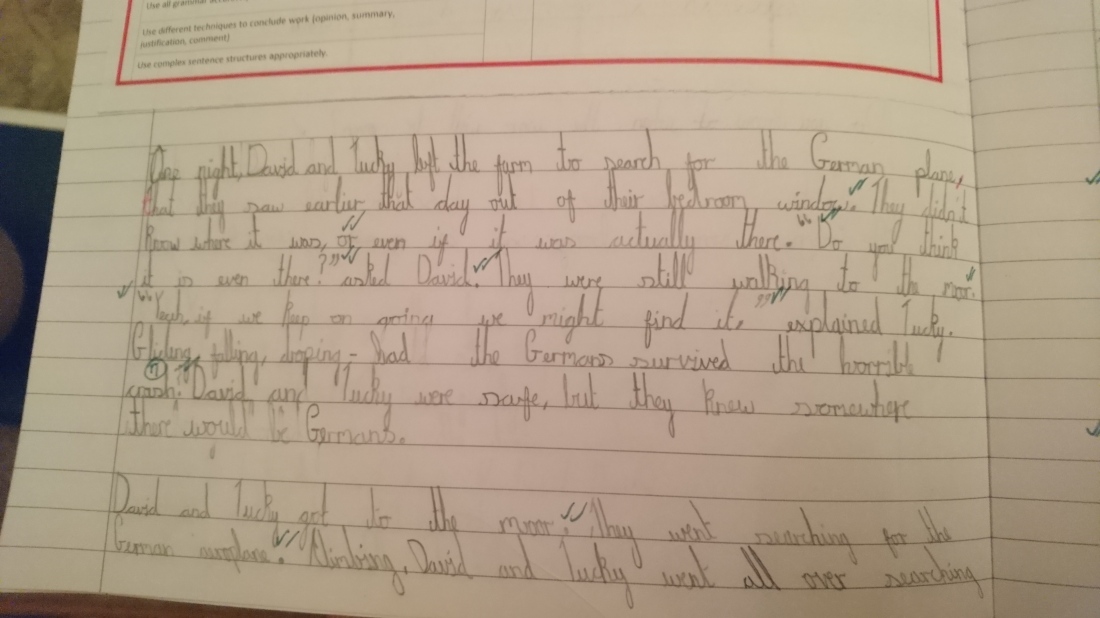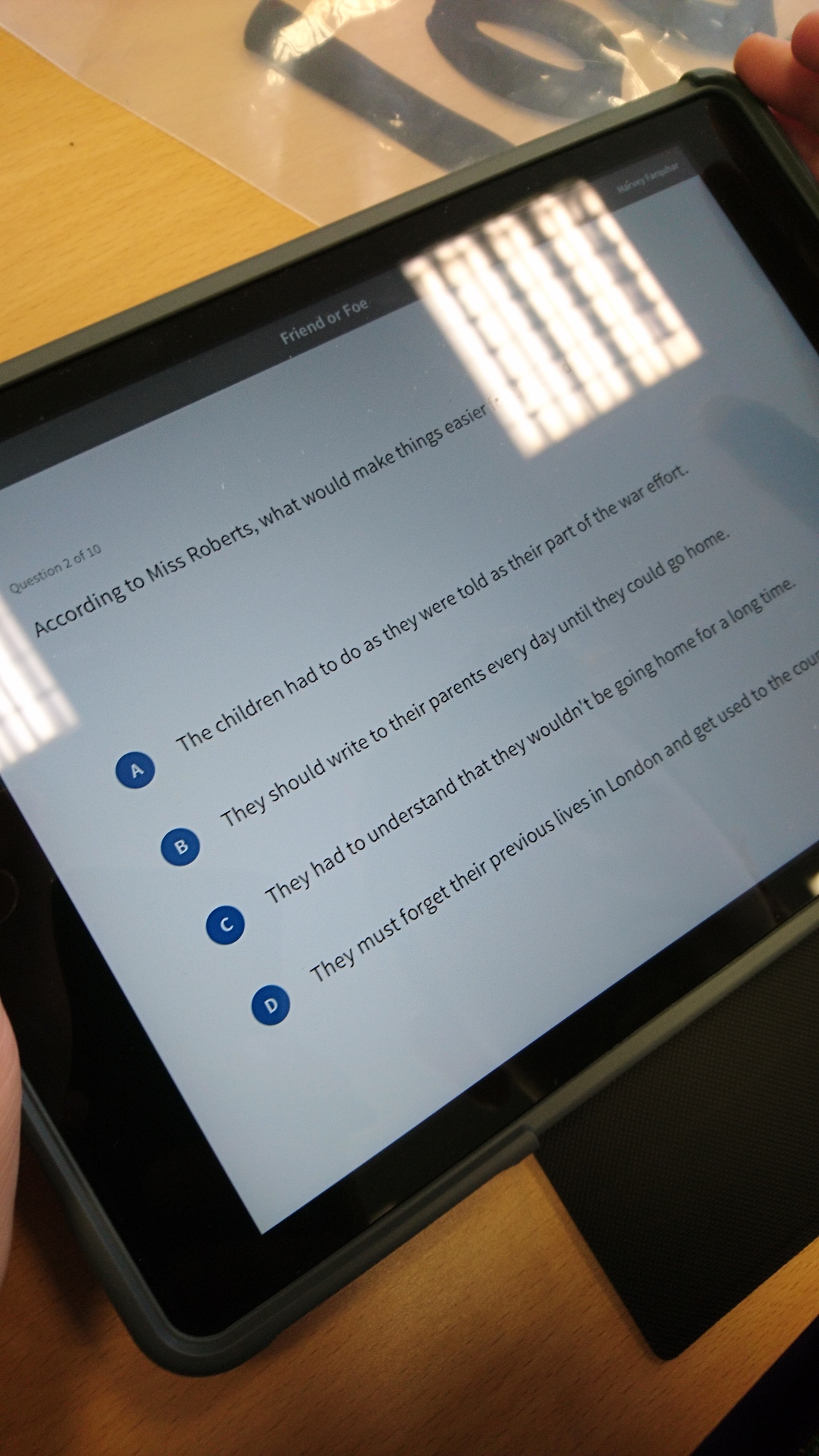Editing is bloody hard to do in a school. Here are some of the reasons why:
- “Sir I did my best when I did this.”
- Productivity – working towards a finished piece on the treadmill on a normal term.
- Presentation – book looks or whatever you call them means crossing out, etc just isn’t OK.
- How can a child improve something if they don’t know how?
- Evidence of the edit.
Now, before you cry out please note that these are issues and not immovable mountains on the educational landscape. You may decry that your school has a no marking policy or the verbal feedback doesn’t need to be recorded, and you may just be right… Just not in my school.
This is a guide as to how I have tried to navigate the pitfalls while crusading to improve their writing.
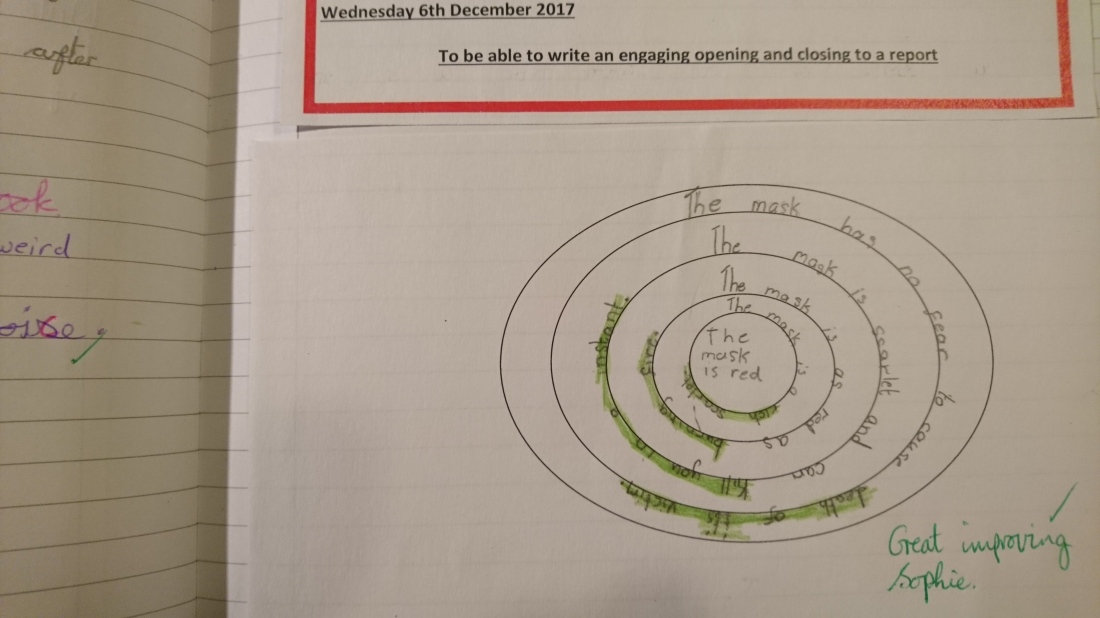
First comes modelling. Finding an appropriate and simple method to put into practice then repeat often enough is a must. (Wise words from @smithsmm.) This idea was shamelessly stolen off Twitter and works well. Start with a simple sentence that the children improve each time and when used as a warm-up it works well. The structure negates the messy nature of ‘real’ editing and prevents the shameful looks from SLT in the next book look.
Next up is choosing the right format to try implementing editing in. As teachers we model paragraphs and sentences types, each building to create an overall outcome be it a story, poem, report or letter. I find that stories flow and although great for editing, I find that non-chronological reports works better to introduce editing. Why? Well each paragraph is interchangeable so it makes it easier to focus on sections without muddling the story. Also as they write they know more about the subject so that allows you to improve earlier sentences far easier.
The initial paragraphs are not as polished as later paragraphs so this provides the children with a personally created model to use to improve from.
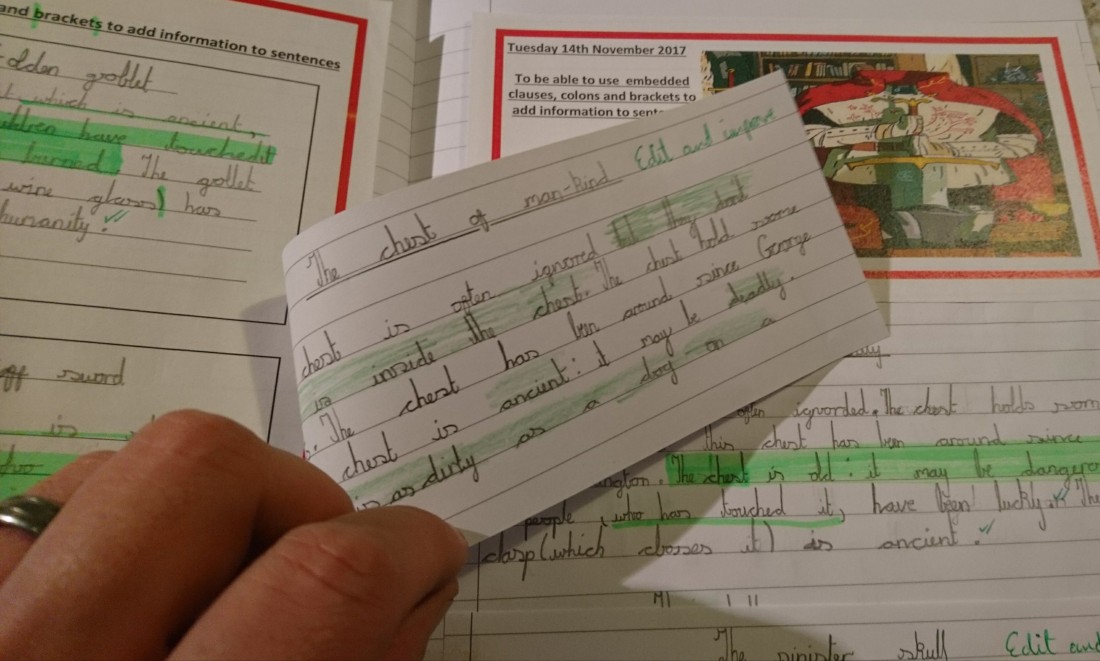
I employ edit flaps (again shamelessly stolen from Twitter) as a way to allow the children to directly improve a paragraph. Modelling how to apply the sentence types we have explored, again using Alan Peat’s sentence types, so that the content of earlier paragraphs improve. Oh, and leave them to it. If over-marked or over modelled it becomes your edit and not theirs.
Things I learned:
- Find clear, simple structures to practice edits regularly
- Do it before the final outcome (sounds obvious but often the teacher marks it in depth then it becomes a correcting exercise)
- Include lots and lots of paired talk to share ideas
- Go back to work after a few days, next day edits tend to frustrate everyone involved





